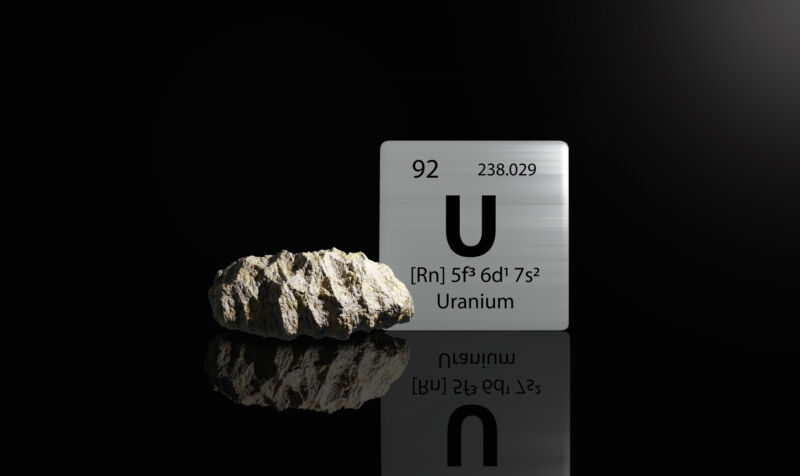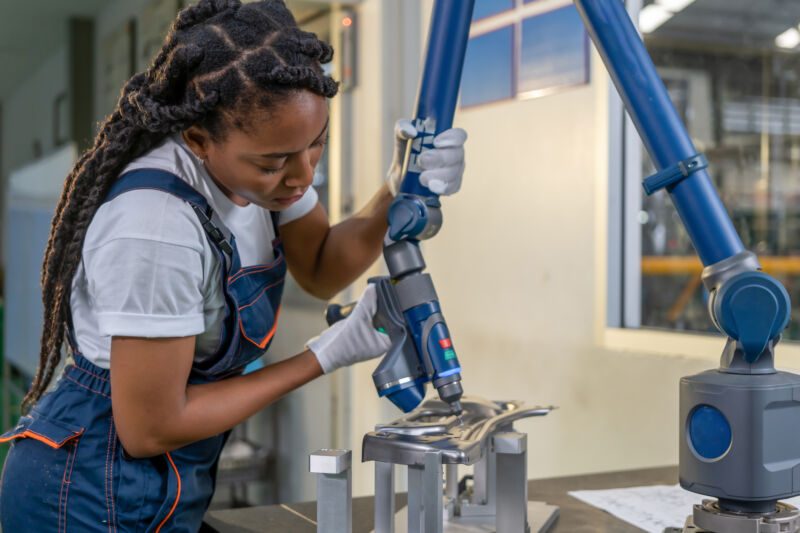Human muscle cells come back from space, look aged

Enlarge / Muscle atrophy is a known hazard of spending time on the International Space Station. (credit: NASA)
Muscle-on-chip systems are three-dimensional human muscle cell bundles cultured on collagen scaffolds. A Stanford University research team sent some of these systems to the International Space Station to study the muscle atrophy commonly observed in astronauts.
It turns out that space triggers processes in human muscles that eerily resemble something we know very well: getting old. “We learned that microgravity mimics some of the qualities of accelerated aging,” said Ngan F. Huang, an associate professor at Stanford who led the study.
Space-borne bioconstructs
“This work originates from our lab’s expertise in regenerative medicine and tissue engineering. We received funding to do a tissue engineering experiment on the ISS, which really helped us embark on this journey, and became curious how microgravity affects human health,” said Huang. So her team got busy designing the research equipment needed to work onboard the space station. The first step was building the muscle-on-chip systems.



